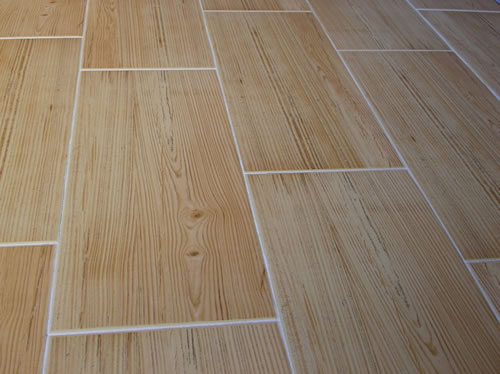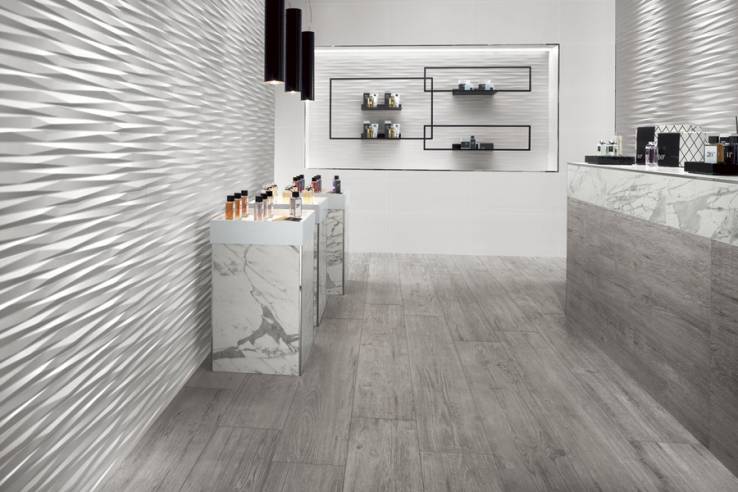How To Prevent Mould in a Bathroom
Depending on the conditions in a bathroom, mould can develop quickly or only after a few years but whenever it appears it is an unwelcome sight. It can be a range of colours from reddish brown to black. In the hard water area where I live it always tends to have a reddish tinge but that doesn’t make it any less unsightly and it can be a real problem to get rid of permanently and doesn’t help improve the look of your home whether you are settled there for the long term or, like me, are trying to move house.
Of course, the reason it is so difficult to remove permanently is that bathrooms are the perfect damp area in which it likes to grow. The spores from which mould will form are ordinarily present in our home environments but will only develop into the mould we can see when conditions are right i.e continually damp areas with little air flow. Mould, despite its dark colour, has little to do with how clean your bathroom is and can form on many surfaces which never fully dry out. Typically it will not for on your hard surfaces such as ceramic or porcelain tiles but it will form on the grout in between.
There are many cleaning products designed to remove mould and many do a good job (including good old bleach) but it is always better to prevent the right conditions from developing than to have to solve the problem after it has occurred so here are some tips to prevent mould appearing in the first place and ruining your lovely bathroom.
- Invest in an Effective Extractor Fan – many fans are simply not powerful enough to make a significant difference to the amount of moisture in the air after a shower so make sure you select one that can do the job for which it was intended. The higher the air flow rate (in cubic metres per second) the more effective it will be. It will also, certainly, be more expensive but think of the trouble you will have scrubbing off the mould in a year’s time if you skimp on the cost of the fan.
- Open the window – Whenever the weather permits keep a small window open in your bathroom or shower room. It is one of the best ways to keep mould at bay and best of all it’s a free solution.
- Wipe down after use– After every shower encourage family members to wipe down the tiles and glass enclosure. Keep a window washer with a rubber wiper (or squeegee) handy to remind them. This is one of the most effective ways of preventing mould and mildew build up.
- Allow the moisture to dissipate – leaving the shower enclosure door(s) and the bathroom door open after use will allow the moisture to escape into the air rather than being trapped inside the enclosure and the room which will only encourage the mould build up on the grout between the tiles and, eventually, as the tiles age, on the tiles themselves.
- Clean the tiles and grout regularly – there is a wide range of suitable cleaners (including bleach) that are effective and using them every week can prevent mould from forming in the first place.
- Avoid limescale build-up – mould and mildew are always more likely to develop on a rough surface (which is why you will nearly always see it first on rough grout) but it will also start to appear on porcelain or ceramic tiles if they start to develop a build up of limescale. Apart from the obvious solution of keeping the tiles spotless and wiping down after use, consider investing in a water softener which will prevent the limescale build up in the first place. Again not a cheap option but extremely effective (a water softener, as an added bonus, will also keep your chrome taps sparkling for many years).





Recent Comments